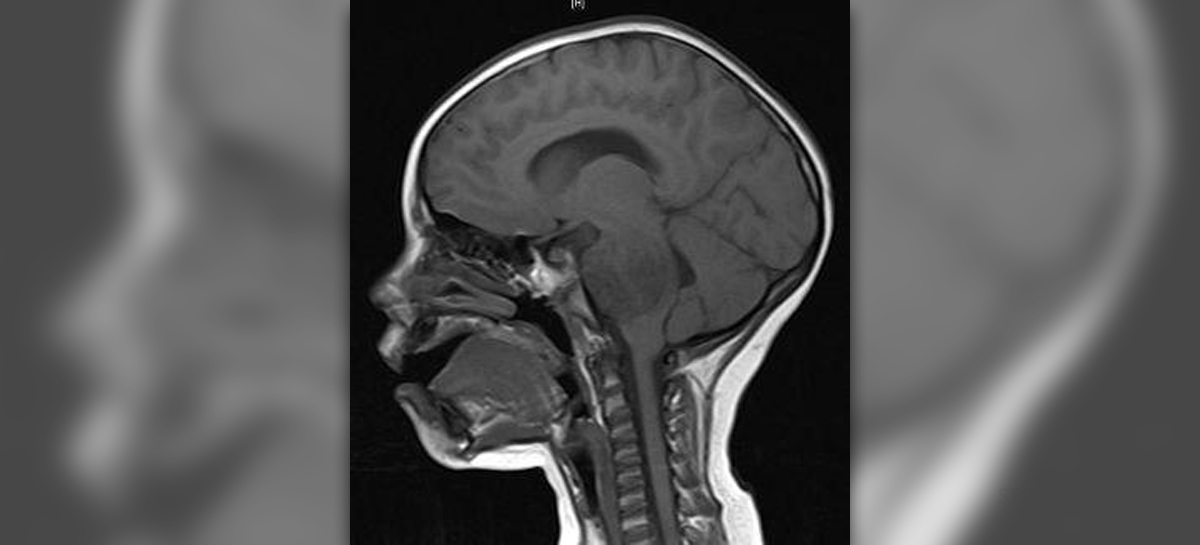
Brain tumors are commonly reported neoplasms in childhood. The incidence of brain tumors is relatively high in early childhood and then gradually decreases in puberty. The majority of brain tumors in children are of infratentorial localization. As for prognosis, the better prognosis have children suffering from brain tumors comparing to adults. However, increased morbidity still occurs due to prolonged period between the onset of symptoms and signs of the tumor and establishing the diagnosis.
Causes of Primary Brain Tumors in Children
The exact cause of brain tumors in children has not been identified yet. Sometimes some children may be prone to brain tumor but only if they are already suffering from other illnesses such as neurofibromatosis and Hippel-Lindau disease. The mentioned has driven scientists to investigate potential genes that may have something to do with formation of certain brain tumors. Studies have shown that mutations in several genes like the retinoblastoma gene (RB1), neurofibromatosis genes (NF1 and NF2) as well as tuberous sclerosis gene (TSC1) are to blame for certain number of brain tumors while the rest of this malignant neoplasms actually develop sporadically.
It is essential to mention that certain factors actually do increase the risk for brain tumors. This particularly refers to previous irradiation of the endocranium due to other malignant diseases (e.g. meningeal leukemia).
Once the brain tumor forms it grows at different speed and, depending on its pathohistological characteristics, localization and the size, cause a variety of symptoms and signs. Once the tumor has grown to a certain size or is small but localized in specific area, it leads to an increase in intracranial pressure, one of the initial health issues in case of brain tumors.
Tumor Types
There are several pathohistological types of brain tumors each of which determine treatment approach as well prognosis of the disease.
For instance, there are gliomas. These tumors are further classified into low-grade and high-grade gliomas. Astrocytomas are another pathohistological type further divided into low-grade astrocytoma, anaplastic astrocytoma and glioblastoma multiforme.
Oligodendrogliomas can be benign or anaplastic. The same classification goes for ependymomas.
There are also mixed gliomas, gangliogliomas and choroid plexus tumors. Primitive neuroectodermal tumors include medulloblastoma, pineoblastoma and primitive neuroectodermal tumors localized in the supratentorial compartment.
Congenital brain tumors are teratoma and craniopharyngioma. Some tumors originate from the pineal gland and a child can rarely develop primary central nervous system lymphoma. Finally, there are benign tumors which are more reported in adults known as meningioma, acoustic neuroma and tumors affecting the pituitary gland.
As far as symptoms and signs of brain tumors are concerned, these do not depend on the pathohistological type, but instead are determined by the size of the tumor its location and the rate of growth. So, symptoms may occur gradually or all of a sudden. They generally include headache which is the most severe upon wakening, headache that tends to intensify with cough or physical activity, seizures, changes in personality and behavior, impaired concentration, memory loss, problems with reasoning and sleepiness. Additionally, one may complain about gradual loss of movement or decreased sensation in an arm or leg, hearing loss, speech difficulty, changes in vision (vision loss, double vision etc.), problems with balance, general or localized muscle weakness and numbness of certain body parts.
Treatment and Prognosis
Brain tumors in children are treated with surgery, chemotherapy and radiation therapy. All the three approaches may be engaged or some of them depending on several factors. The size, position of the tumor as well as its type determine the treatment option the doctors opt for. The goal of the treatment is to eradicate the tumor and spare the surrounding brain tissue from severe damage.
The goal of the surgery is to remove as much of the tumor as possible. Some patients require a shunt which allows drainage of excess fluid from the skull into the abdominal cavity this way reducing pressure inside the cranium.
Patients in whom there is remnant tumor additionally undergo radiation therapy while chemotherapy is not routinely administer in such patients and is only reserved for certain types of brain tumors. Medulloblastoma is one brain tumor that may respond well to chemotherapeutics. These medications are administered in the form of tablets or intravenously. Sometimes chemotherapeutics are injected directly into the cranium i.e. are administered intrathecally.
Additional medications brain tumor patients usually receive include steroids, anticonvulsants, diuretics, pain medications etc.
As for prognosis, it is estimated that 3 out of 4 children may survive at least 5 years after the diagnosis of brain tumor has been established.Such patients may suffer from long-term sequelae which are either associated with the presence of the tumor or the treatment. For instance, children may experience attention and concentration problems, memory impairment, problems regarding processing information etc. later in their lives. The risk of such complications is much higher in children under the age of 7. The worst case scenario is relapse of the disease i.e. tumor recurrence.
After the treatment is completed all children undergo regular check-ups and those with relapse may opt for clinical trial in order to try to eradicate the tumor once again but this time for good.


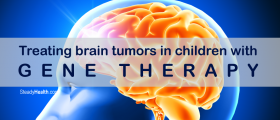
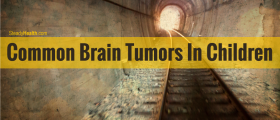





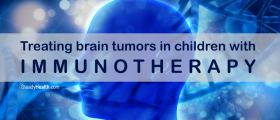


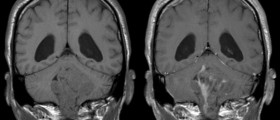
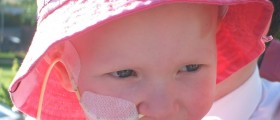



Your thoughts on this
Loading...